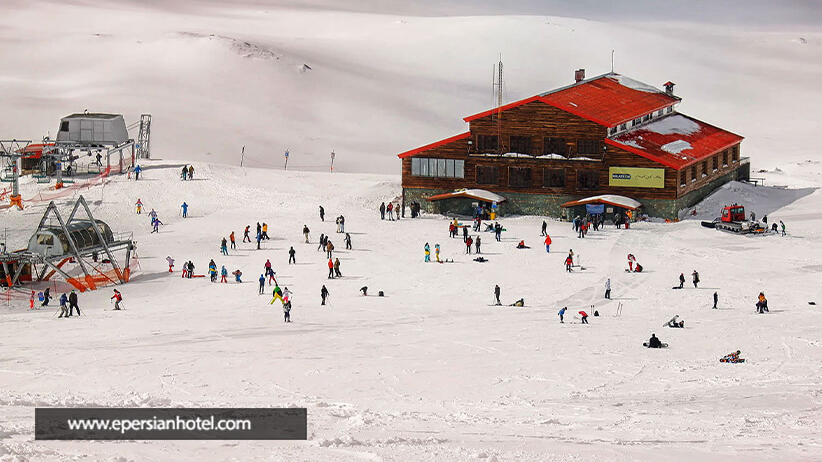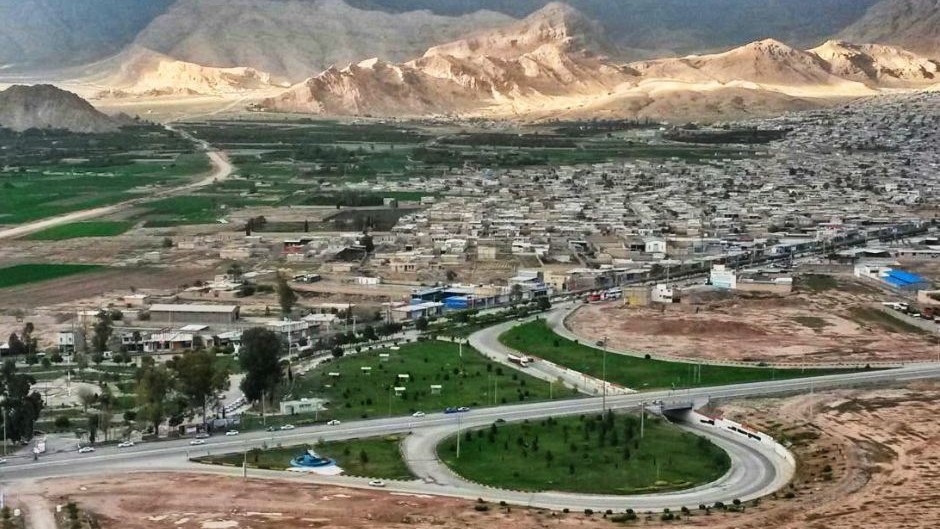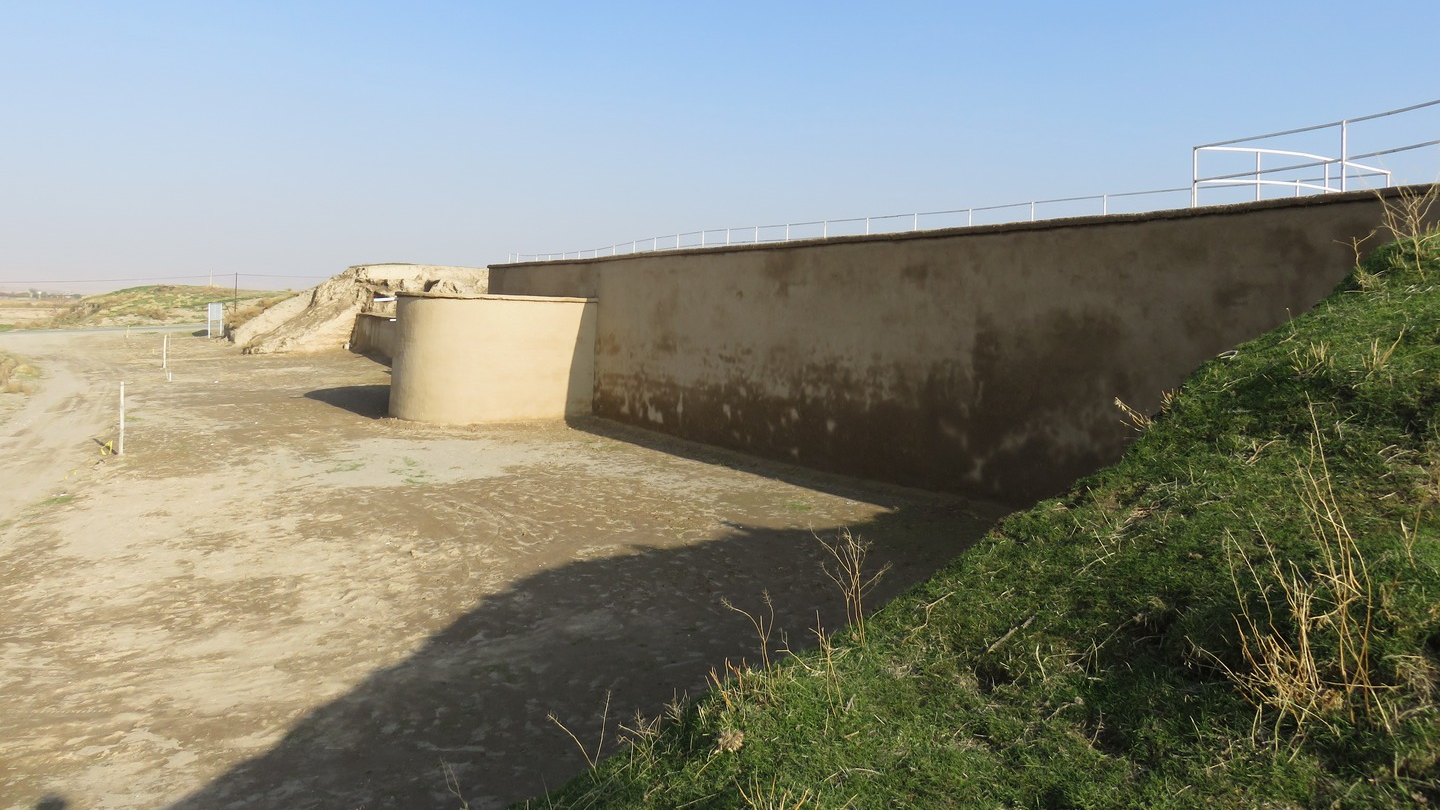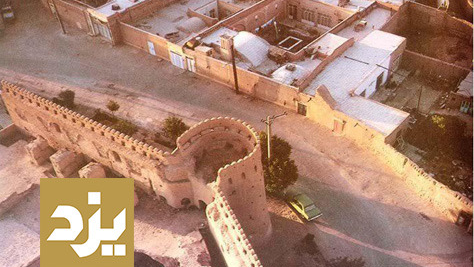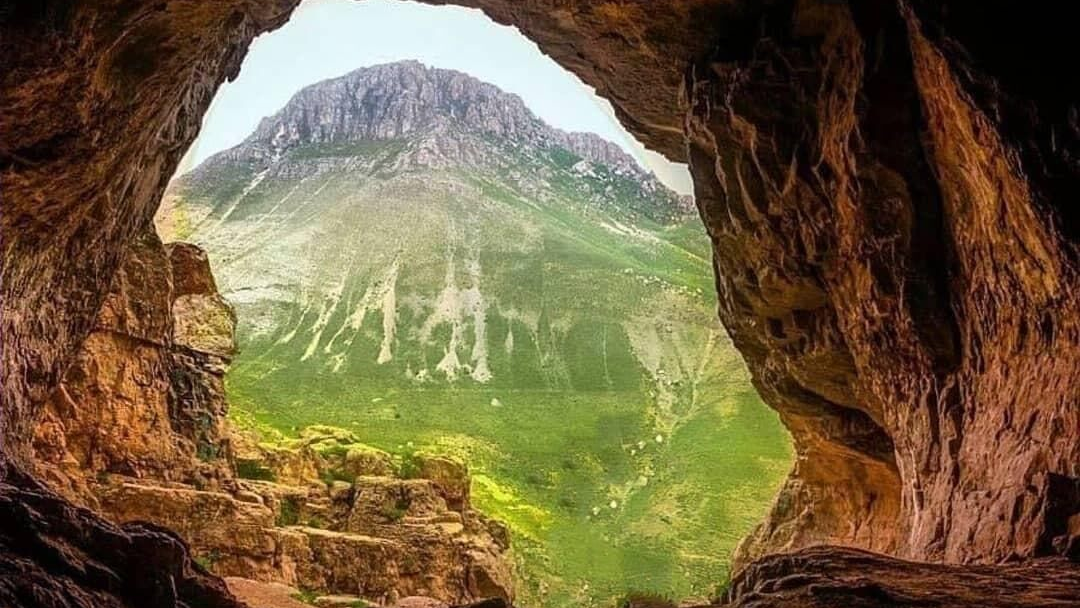
The historical texture of Yazd: the legacy of the warm-hearted people of the desert for the world.
Sunday, July 9, 2017 (18th of Tir 1396 in the Iranian calendar) was a momentous day for the city of Yazd; on this day, during the 41st session of the UNESCO World Heritage Committee held in Krakow, Poland, the historical texture of Yazd was inscribed as a World Heritage site, making Yazd the first Iranian city to be listed globally. The historical texture of Yazd had already been registered on Iran’s National Heritage List in 2005 (1384 AH), and the process for its global nomination began in 2010 (1389 AH) with the signing of a consultancy agreement. Later, in 2015 (1394 AH), Iran submitted a formal dossier to UNESCO, which was ultimately approved in 2017 with strong support from the participants, paving the way for introducing this ancient city to the world.
History of Yazd’s Historical Texture
The historical texture of Yazd is as old as the city itself. Historical sources trace Yazd’s origins back to the legendary Pishdadian dynasty, but what is certain is that the city held strategic importance at least from the Sasanian period (3rd century CE). Linguists link the name “Yazd” to the word “Izad” (divine being), attributing the name to the city’s religious significance. Another possibility is that Yazd was established by the order of Yazdegerd I (reigned 399–420 CE), and the city was named in his honor.
Throughout history, Yazd served as a major center for local governments. The Muzaffarid dynasty (8th century AH / 14th century CE) is among the most notable local rulers of Yazd, during whose reign the city experienced remarkable developments. In the 16th century CE, Yazd attracted merchants due to its high-quality silk and textiles. The city’s importance continued in later periods, primarily because of its geographic location and its role in trade and communication routes. Today, Yazd remains one of the most significant cities in central Iran, situated along the country’s major highways.
Characteristics of Yazd’s Historic Texture
The UNESCO-registered file covers 743 hectares of Yazd’s historic fabric, while the total buffer zone extends to approximately 5,000 hectares. One of the key reasons for international support of this nomination was the continued habitation and active life of Yazd’s residents within this historic area.
The portion inscribed on the World Heritage List serves as a prime example of Yazd’s rich mudbrick and adobe architecture. These building materials, combined with techniques adapted to Iran’s hot and arid climate, are evident in the city’s ab anbars (water reservoirs), mosques, baths, qanats, windcatchers, and other structures within the historic fabric.
Windcatchers (Badgirs) and Traditional Houses of Yazd Windcatchers (badgirs) are among the most remarkable features of Yazd’s ancient architecture, prominently present throughout the city’s historical texture. These ingenious structures harness natural airflow to cool indoor spaces in the hot and arid climate of the region. In Yazd’s historic neighborhoods, houses were typically oriented toward the south, with separate spaces designed for summer and winter occupancy. The southern parts of homes were used in summer, while the northern sections were utilized during winter, a practice aligned with the sun’s seasonal path. At the heart of these homes lies the central courtyard, which usually contains a pool (howz) and one or more small gardens, forming the focal point of domestic life.
Urban Texture of Yazd From a broader perspective, Yazd’s urban texture is compact and enclosed. Buildings are constructed closely together, often sharing walls, and the streets are irregular, narrow, and sometimes covered (sabat). The primary factor influencing the orientation of houses and buildings in this layout is sunlight, followed by wind direction. This alignment demonstrates a harmonious relationship between Yazd’s historic fabric and the natural environment.
Within the historical texture of Yazd, there are over a thousand notable sites. Among the most important are the Ilkhanid-era houses, Mir Khezr Shah and Jameh mosques, the Shams al-Din shrine, ab anbars (traditional water reservoirs) in narrow alleys, six windcatchers, the bazaar, Dowlatabad Garden, and Amir Chakhmaq Square. The historical neighborhoods include Fahadan, Qaleh Kohneh, Mosalla, Kucheh-e Buyuk, Khorramshah, Mir Qotb, Chahar Minar, Shesh Badgir, Yaghoubi, Lab-e Khandagh, and Sar-e Do Rah. Among these, Fahadan and Chahar Minar are especially renowned for their antiquity and prominence.
| Name | The historical texture of Yazd: the legacy of the warm-hearted people of the desert for the world. |
| Country | Iran |
| State | Yazd |
| City | Yazd |
| Type | Historical |
| Registration | Unesco |
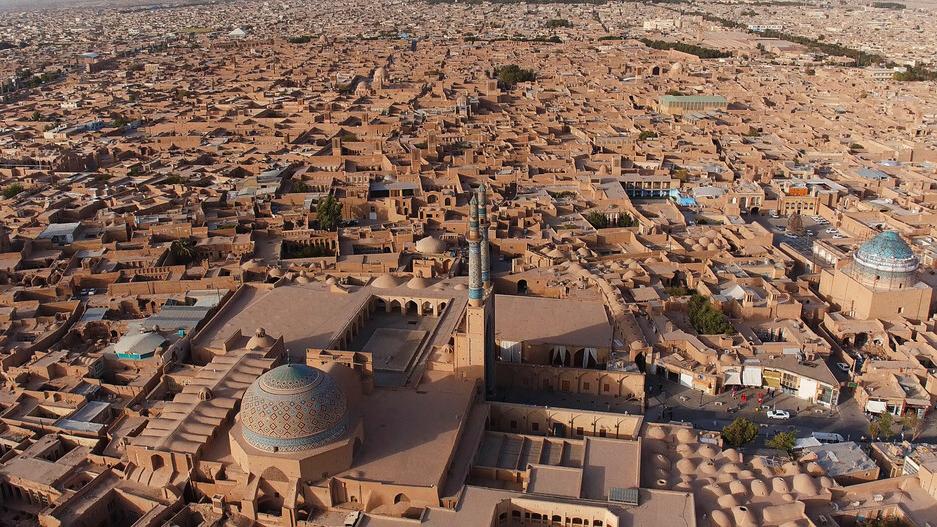
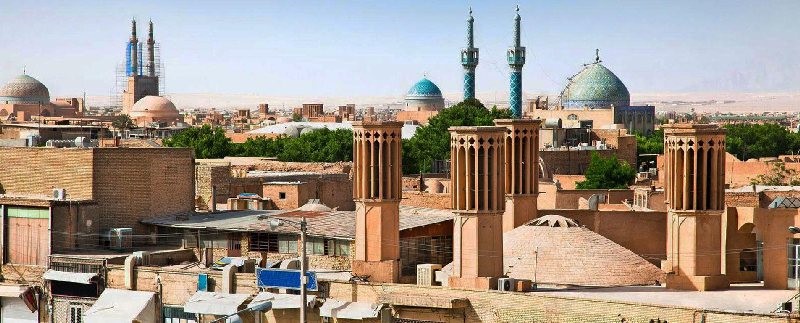


Choose blindless
Red blindless Green blindless Blue blindless Red hard to see Green hard to see Blue hard to see Monochrome Special MonochromeFont size change:
Change word spacing:
Change line height:
Change mouse type:

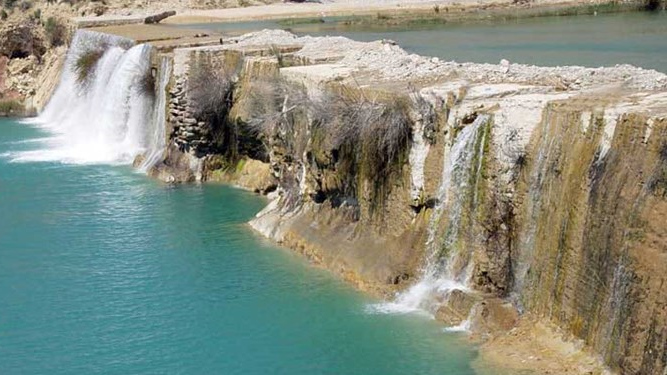
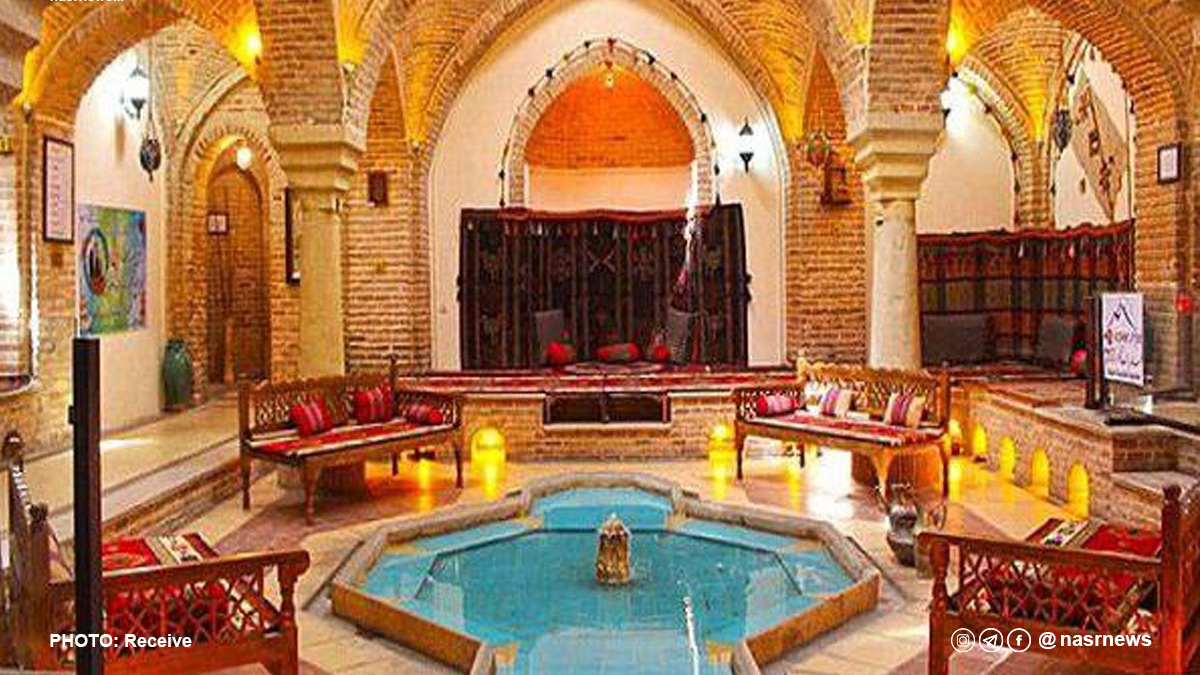
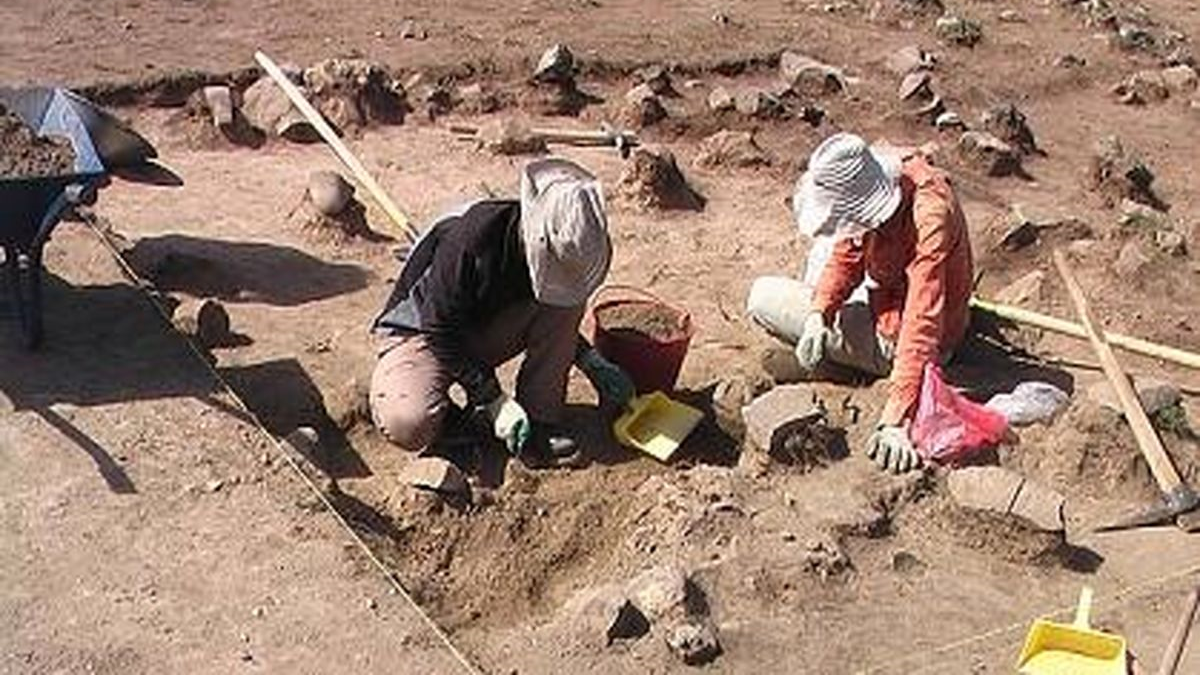
_0.jpg)
